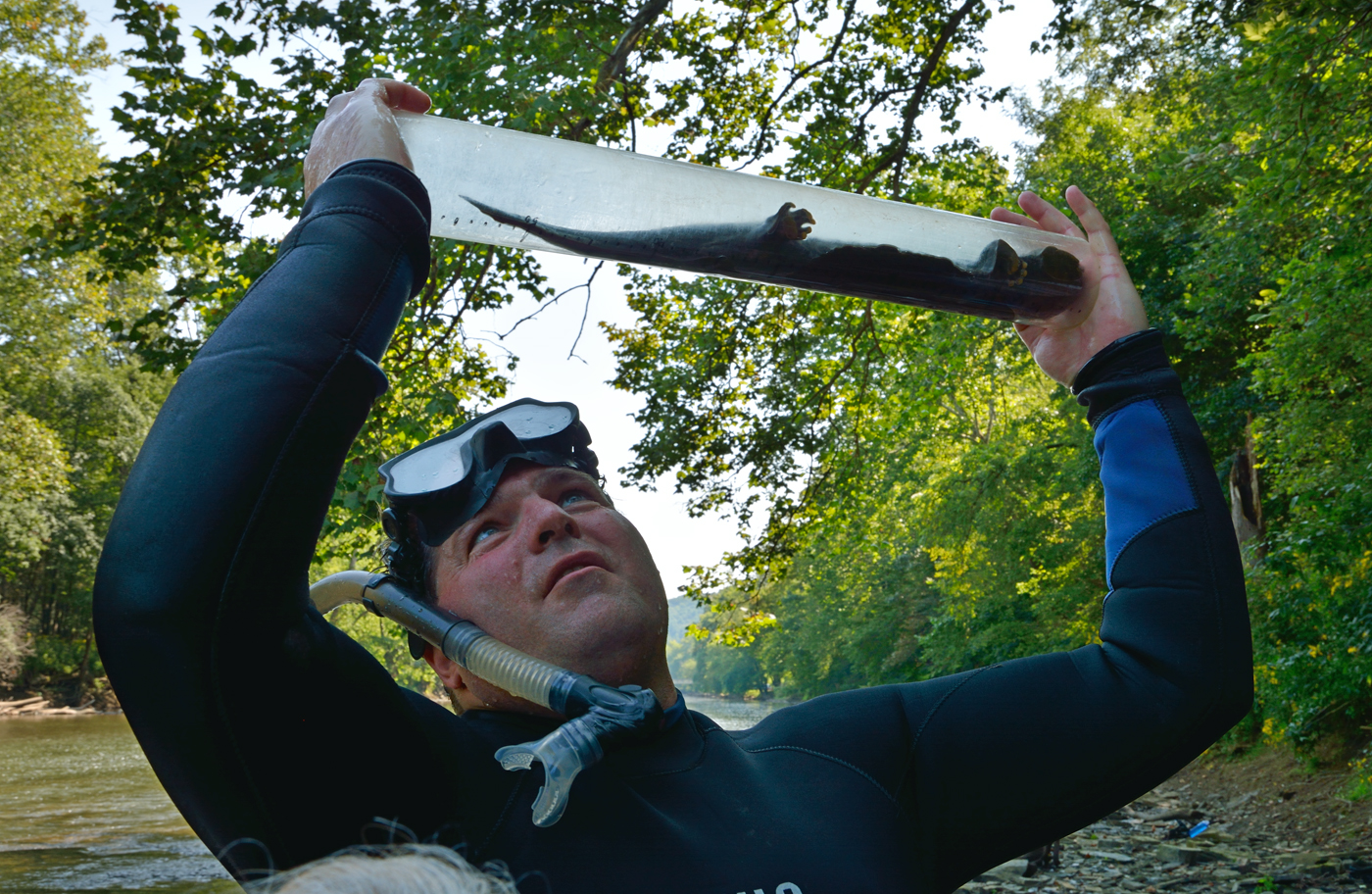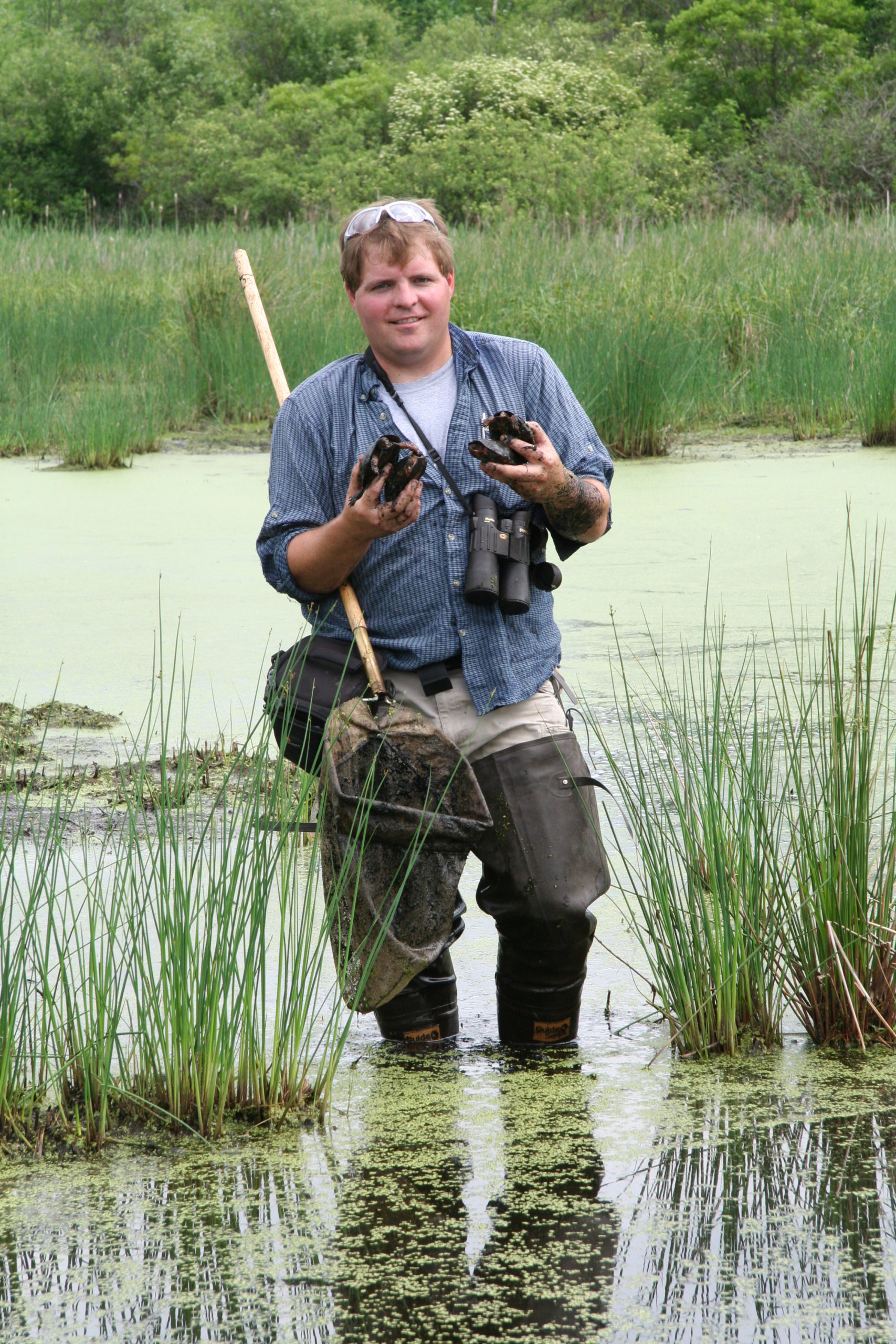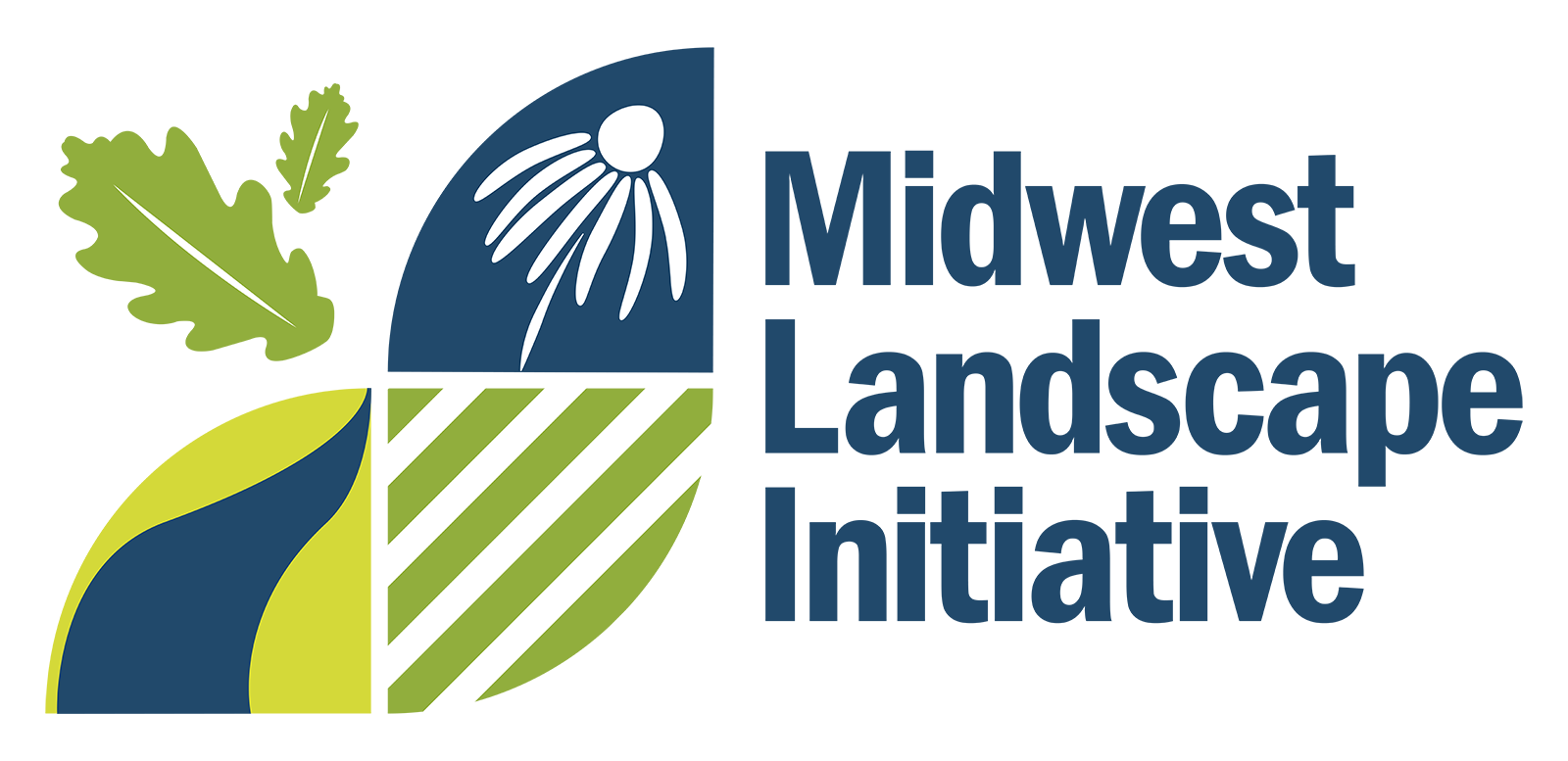This website uses cookies so that we can provide you with the best user experience possible. Cookie information is stored in your browser and performs functions such as recognising you when you return to our website and helping our team to understand which sections of the website you find most interesting and useful.
Interview with a Midwest Taxonomic Expert: Greg Lipps


The Midwest Regional Species of Greatest Conservation Need database and list identifies those animals whose conservation is largely dependent on Midwestern states and their combined efforts to save them and their habitat. Information summarized in this project will improve the coordination of conservation delivery across the Midwest.
Teams of species experts, called taxa teams, were an important component of the development of the Regional Species of Greatest Conservation Need database. Here, amphibian and reptile taxa team member Greg Lipps, expert from The Ohio State University, shares his experience and thoughts on the project.
Q: What did you learn from participating in this project?
A: This project really drove home the fact that there are a lot of data deficiencies for so many of the amphibian and reptile species of the Midwest. These include gaps in knowledge about the biology of species, but also gaps in species’ status, and how best to monitor populations. There’s so much work to be done.
Q: How will you or others in your field use the results of this project in your work?
A: When resources are limited you need to prioritize, and the Midwest RSGCN has done that on a regional level. I hope that the results will be used to identify conservation issues across taxa and across the region. For example, the results really show how much concern there are for Midwest species that rely on grasslands and rivers. These are two particularly difficult habitats for conservation management, as grasslands don’t stay grasslands without management to set back succession and control invasive species, and a river is largely a reflection of everything that is happening in the watershed, which often spans multiple jurisdictions. No one ever said conservation is supposed to be easy, though, so if these are the habitats relied on by our RSGCN, then we need to put in the work necessary to keep them suitable. I hope the results give administrators more confidence in tackling these hard problems.
Q: What do you think are practical next steps for use of the RSGCN database (either by you or others)?
A: The most obvious next step after identifying the regional priorities is to look for opportunities to implement solutions regionally. Wildlife doesn’t recognize our administrative boundaries, and often important resources like rivers flow in and out of a state, all of which argues for more regional collaboration. I also hope to use the database to identify gaps in our knowledge and think about how we might develop collaborative research and monitoring to address these gaps and the RSGCN.
Q: What did you appreciate most about participating in a taxa team for the Midwest RSGCN project?
A: I always find great value in hearing from researchers and administrators in neighboring states about what they are seeing: emerging threats, worrisome trends, changes in the abundance of species, etc. I realized early in my career that more often than not, what I’m seeing in my little slice of the world is often being seen elsewhere. This usually leads to discussions about what is and isn’t being done, what we can do, and who we need to get involved to help.
Q: What did you find the most difficult?
A: Trying to put what we know – or what we think we know – into discreet categories is always a challenge. There’s a value to having “yes/no” answers to questions about species, to placing them into habitat guilds, identifying them as specialist versus generalists, and to giving labels to threats, but there’s also so much uncertainly and so many caveats that need to be accounted for. Then there are the questions about the predicted impacts of a changing climate. For most of these species, we haven’t even fully worked out how the normal yearly environmental fluctuations affect populations. And, of course, how wildlife responds to a changing climate may end up being a lot less important than how humans respond, if those responses further degrade and fragment important habitat.
Q: How would you describe the importance of regional collaboration in your field?
A: Wildlife conservation in the Midwest is largely driven by the state agencies, but regional collaboration is still very important and will likely grow even more important in the future. The challenges that we face aren’t going to be solved by a single agency. We need to work together to determine how best to protect, manage, and monitor the RSGCN. We need to share our experiences – what has worked and what has not – and what resources are missing to accomplish our goals.
Q: Have you made any new connections as a result of participating in this project?
A: No, but it was a great opportunity to rekindle some old connections. The Midwest herpetology conservation world is fairly tight; we all know one another.
Ten taxa teams were formed by members of the Midwest Landscape Initiative and Terwilliger Consulting, Inc., and worked over winter 2020-21 to identify species of most concern to the Midwest. Taxa team members continue to engage with this project by providing data updates and expert opinion as needed.


